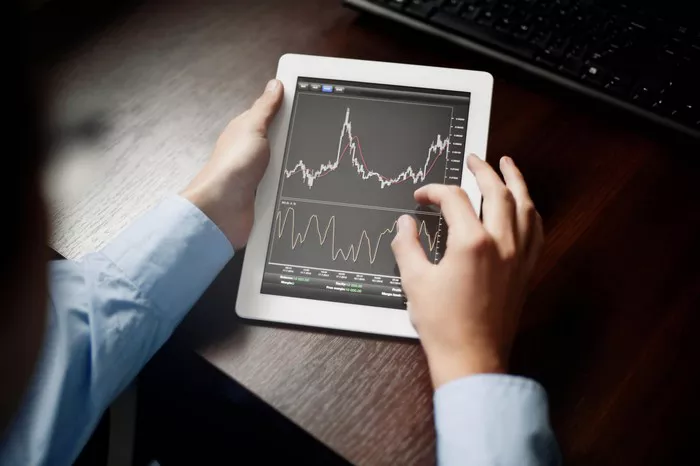Trading in futures markets offers a realm of possibilities for investors seeking exposure to various asset classes, from commodities like oil and gold to financial instruments like stock indices and currencies. Understanding the dynamics of futures trading hours is essential for maximizing opportunities and managing risks effectively. Typically, futures markets operate from Sunday evening through Friday afternoon, encompassing the majority of the trading week. However, it’s crucial to recognize that specific trading hours can vary depending on the futures contract and the exchange it’s traded on.
Pre-market and After-hours Trading
One of the perks of futures trading is the potential for extended trading hours beyond the regular session. While traditional stock markets have limited pre-market and after-hours trading, futures markets often offer more flexibility. Some exchanges facilitate pre-market and after-hours trading, enabling traders to react to news and events outside of standard session times. These extended hours can be advantageous for traders who need to adjust their positions based on overnight developments or global market movements.
Gaps in Trading
Despite the extended trading hours, there are still gaps in futures trading that traders should be mindful of. These gaps can occur when the market closes for a brief period between sessions or during holidays that affect trading hours. Being aware of these gaps is crucial for avoiding unexpected market movements and adjusting trading strategies accordingly. Additionally, traders should stay informed about any temporary closures or irregular trading hours due to unforeseen circumstances or special events.
Liquidity Considerations
Liquidity is a key consideration for futures traders, as it directly impacts the ease of buying and selling contracts without significantly affecting their prices. While futures markets generally exhibit high liquidity, there are times when liquidity may be lower, such as during overnight sessions or around market open/close times. Traders should exercise caution during these periods to avoid slippage and ensure efficient order execution. Monitoring liquidity levels and adjusting trading strategies accordingly can help mitigate risks associated with low liquidity environments.
Time Zone Differences
Time zone differences play a crucial role in futures trading, especially for traders operating in different regions around the world. Understanding when key market events, economic releases, and trading sessions occur relative to one’s local time is essential for effective decision-making. Traders should consider how time zone disparities may affect trading hours, market volatility, and liquidity levels, particularly when trading contracts tied to international markets. Utilizing tools like world clocks and economic calendars can help traders stay informed about market activity across different time zones.
Seasonal Adjustments
Throughout the year, futures markets may undergo seasonal adjustments to trading hours due to factors like daylight saving time changes or special market conditions. These adjustments can impact trading schedules and require traders to adapt their strategies accordingly. For example, certain commodities may experience extended trading hours during harvest seasons or increased volatility around major holidays. Staying informed about seasonal changes to trading hours can help traders anticipate market movements and capitalize on trading opportunities.
Regulatory Considerations
Regulatory constraints can also influence futures trading hours, particularly in terms of high-frequency trading (HFT) restrictions and position limits. Some exchanges impose limitations on HFT activities during certain times to maintain market stability and prevent excessive volatility. Additionally, regulatory bodies may enforce position limits to prevent market manipulation and maintain orderly trading. Traders should familiarize themselves with relevant regulations governing futures trading and adjust their strategies accordingly to comply with regulatory requirements.
Risk Management Strategies
Implementing effective risk management strategies is paramount for success in futures trading, especially during non-standard trading hours. Traders should consider adjusting position sizes, setting stop-loss orders, or avoiding trading altogether during periods of low liquidity or heightened volatility. Diversifying portfolios and hedging against adverse market movements can also help mitigate risks associated with extended trading hours. By incorporating risk management principles into their trading plans, traders can safeguard their capital and optimize returns over the long term.
Technology and Accessibility
Advancements in technology have revolutionized the accessibility of futures markets, allowing traders to access real-time market data and execute trades from virtually anywhere in the world. Electronic trading platforms and mobile apps have made it easier than ever for traders to participate in futures trading around the clock. These technological innovations enable faster order execution, improved risk management, and enhanced market analysis capabilities. By leveraging technology effectively, traders can capitalize on trading opportunities and stay ahead of market trends.
Resources for Real-time Information
Access to reliable sources of real-time information is essential for navigating futures trading hours with confidence. Exchange websites, financial news platforms, and trading software can provide up-to-date market data, trading hours information, and insights into market trends. Traders should utilize these resources to stay informed about market developments, monitor trading hours, and make informed trading decisions. Additionally, participating in online forums and communities can provide valuable insights and networking opportunities for futures traders.
Conclusion
In conclusion, understanding and navigating futures trading hours is essential for success in the dynamic world of futures markets. By familiarizing themselves with regular trading hours, pre-market and after-hours trading opportunities, gaps in trading, liquidity considerations, time zone differences, seasonal adjustments, regulatory constraints, risk management strategies, technology advancements, and real-time information resources, traders can optimize their trading strategies and seize opportunities in futures markets around the clock.


